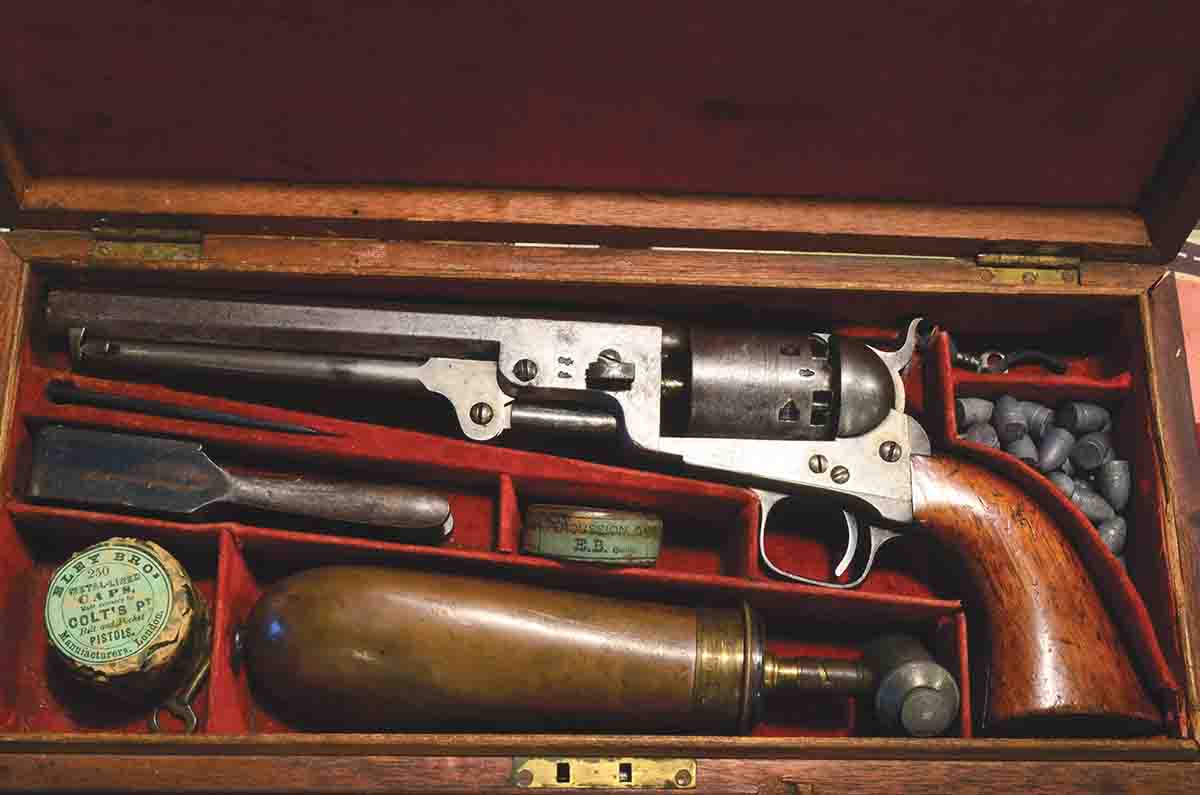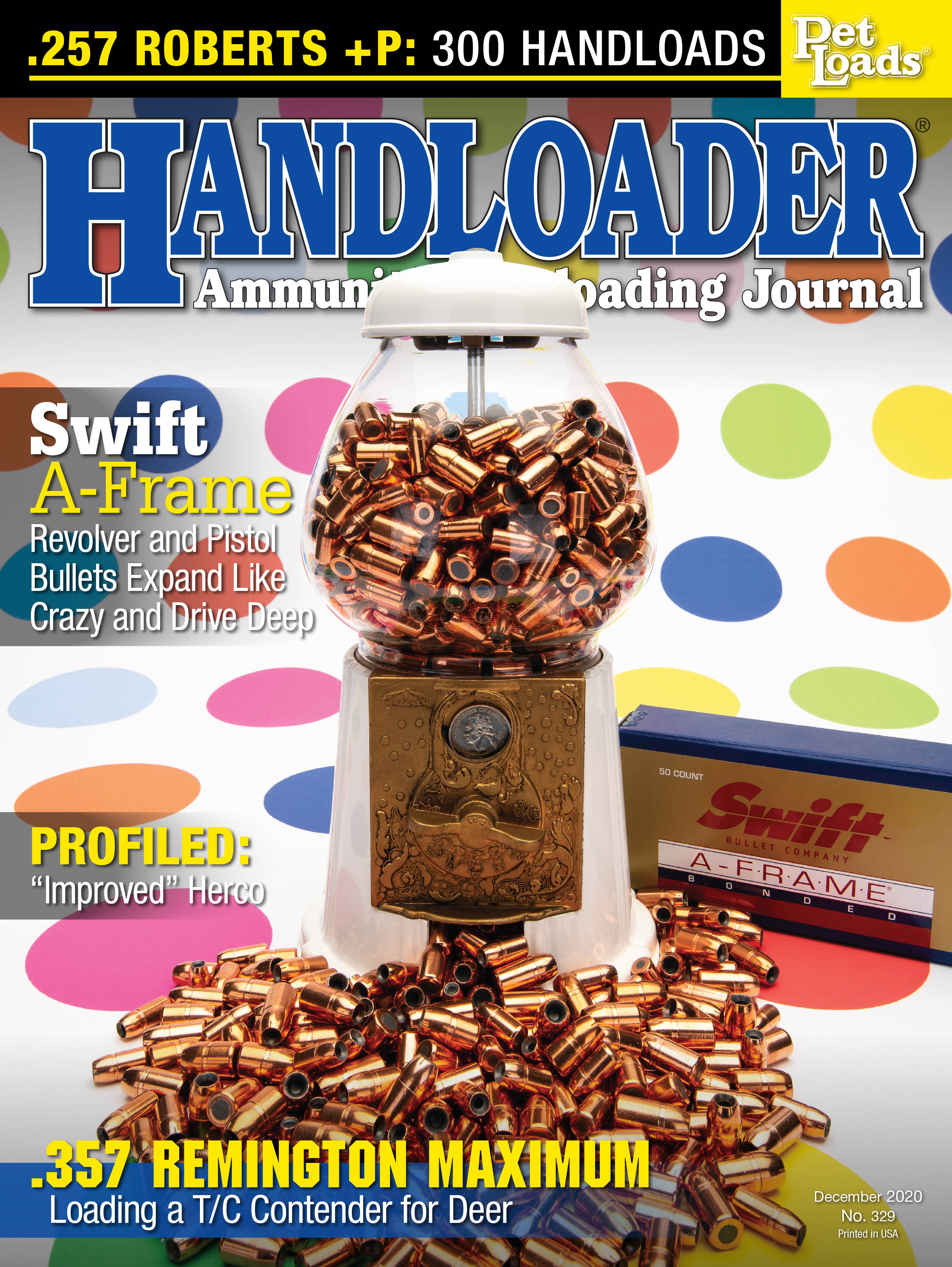In Range
Wild Bill and the Art of the Possible
column By: Terry Wieland | December, 20

There is no shortage of other claimants, some famous and some not so much – Wyatt Earp, Bat Masterson, Doc Holliday, Billy the Kid. All have their supporters for one reason or another. Where Hickok unquestionably has it over all the others is the number of magazine articles, movies and television series about him – from documentaries that purport to tell the truth (as far as it can be known) to those that are pure fiction, trading on a famous name.
Being a “wild west historian” must be the most frustrating task imaginable. Outright fiction can be disregarded, but even journalistic accounts are highly suspect. There is an old Russian proverb: “He lies like an eye witness.” That seems to apply even in the most well-known and widely witnessed events of Hickok’s life.
Probably the best-known, most accurately documented, and the one in which there are the fewest contradictions is a gunfight that took place in Springfield, Missouri, on July 21, 1865. Hickok and Davis Tutt were erstwhile friends who had fallen out over a gambling debt. They met across the town square in Springfield, drew their guns and began shooting at about 80 yards. The most credible account is that Tutt fired five shots. All missed, at which point Hickok calmly raised his Colt Navy and shot Tutt through the heart.
Although it is frequently billed as the prototype for the classic High Noon, dusty-street gunfight, there seems to have been no question of a quicker draw playing any part. The deciding factors were Hickok’s icy calm and extraordinary marksmanship – a skill for which he had been known since he was a teenager in Illinois.
The gun was a Colt 1851 Navy. Hickok owned many handguns in his lifetime but he favored the percussion Navy long after more convenient guns, such as the Colt Peacemaker, had become available.
While accounts of Hickok’s gunfights and body counts may be questionable, some information about him is deemed to be reliable simply because there was no reason to lie. One is his daily routine where his guns were concerned. He would go outside of town, empty the two Navys at some target or other, then clean and carefully reload them. These sessions often drew a crowd, to marvel at his skill.
This routine gave him regular practice, assured him the guns were working perfectly and ensured they were always stoked with fresh powder and percussion caps. This rather time-consuming ritual would only be followed by a man who knew that, at any moment, his life might depend on his gun.
During Hickok’s long career as freight hauler, soldier, army scout, lawman and gambler, having an utterly reliable gun at hand every second of the day and night was critical to survival. Many people have wondered, aloud and in print, that he would continue to favor cap-and-ball revolvers long after cartridge guns had become common. Obviously, those questions are asked by people with little or no experience with either percussion guns like the 1851 Navy, or the performance of the early cartridge revolvers and the cartridges they used.
Early revolvers were chambered for rimfire cartridges like the .41 RF, and while it has some merits, accuracy and power are not among them. I, for one, can’t imagine Hickok hitting Davis Tutt in the heart at 80 yards with a .41 Rimfire – or, if he did hit him, that it would cause all that much damage.
There is also the question of reliability, and here the percussion revolvers shine. Each chamber was hand loaded. The individual components were familiar to the man loading the pistol, and could be carefully examined as he was doing it. And, when your life might be on the line, you do tend to take special care in that regard.
A few years back, wanting to see if that shot in Springfield was really plausible, I prevailed on a friend with an original Colt Navy to let me shoot it at a man-silhouette target a measured 80 yards distant.
Of course, I had to learn how to load the thing, which is no easy task the first time around. Fumbled powder flasks, spilled powder, lead balls rolling around the floor, lost percussion caps and a whole lot of expletives – deleted, since my friend is a Presbyterian minister – and wholesale muttering took place before we were able to troop out the back to where the target was hung.
The 1851 Navy is, shall we say, minimalist when it comes to sighting equipment. A brass bead about the size of a No. 8 shot perches on the muzzle, and there is a V milled into the toe of the hammer that is visible only when it’s cocked. Hickok used this? I asked myself, looking at the silhouette which seemed much farther away than it was. Yet, aimed (sort of) at where the heart would be, the first shot hit the paper, as did four of the five subsequent shots, and three of them were in the region of the heart. Not bad for a first try, and Hickok had been nothing if not experienced.
My friend had told me I’d be astonished at the accuracy of the 1851 Navy, and I was. Many modern cartridge pistols would be hard-pressed to equal it, and some wouldn’t have a hope.
As for killing power, an 80-grain lead ball, carrying all the punch of a .32 ACP, with little velocity to start with (about 700 fps) and no ballistic coefficient to speak of, was not what I would have chosen for the job. However – and this is a big “however” – I was looking at it from the point of view of someone who can choose to shoot a .38 revolver or a 9mm semiauto, or pull out a High Standard target pistol, or a Peacemaker chambered in .45 Colt.
In other words, I have the benefit of knowing what came after the Colt Navy, whereas Hickok would have regarded it as state of the shooting art and, with six shots available one after the other, considered it a marvelous instrument of destruction.
He also knew, and this is no small thing, that with two Colt Navys he had a total of 12 shots at his disposal, and that was it. They are neither fast nor easy to reload, regardless of how many times you do it, so one of those 12 shots had to count. The way to ensure that was to practice every chance he got and know the gun and its capabilities inside out.
Even when rimfire cartridges gave way to centerfire, and percussion guns were largely discarded, reloading remained an essential part of frontier life. The buffalo hunters, for example, spent their evenings casting bullets and reloading cases getting ready for the next day. A man with a supply of primers and a bullet mould could always find lead to cast and black powder to stuff in the cases, even if he couldn’t find factory ammunition.
It’s impossible now to say just how much the handloading contributed to their skill with rifles and revolvers, but I would be willing to bet it was substantial. And I expect, James Butler Hickok would agree with me.


